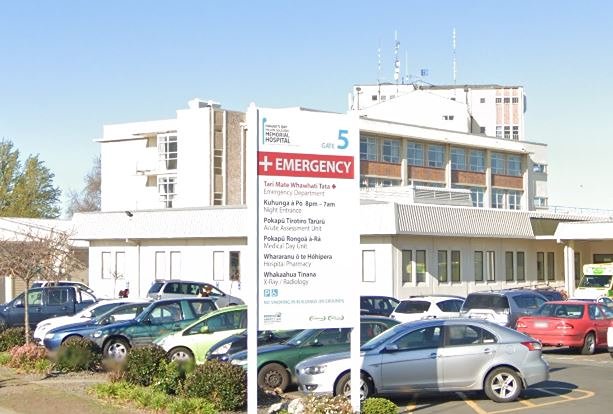Posted June 29, 2023
A major report by Kidney Health New Zealand (KHNZ) shows Aotearoa's 15 dialysis units are struggling to cope with growing numbers of patients, too few treatment spaces and chronic understaffing.
The Australian and NZ Society of Nephrology claims the report's stark figures show patients' lives are being put at risk.
KHNZ acting general manager Traci Stanbury said the report's findings showed a health service struggling to cope, despite the best efforts of dedicated staff.
"We are calling for the government, Te Whatu Ora and Te Aka Whai Ora to urgently address shortages in haemodialysis capacity nationwide. While some investment is indeed underway, the capacity coming on-stream this year will not address current gaps, nor urgent staffing shortages.
"This shortfall is due to a lack of planning over many years to provide critical infrastructure across the system."
Longer-term planning and a strategy to cope with increasing rates of chronic kidney disease were urgently needed, Stanbury said.
The report (carried out from June 2022 to February 2023) showed 1980 patients were receiving long-term outpatient haemodialysis at a hospital or satellite facility, with hundreds more having dialysis at home.
However, there was current capacity for only 1764 patients weekly, in 441 outpatient spaces across 15 units, with the preferred care model requiring patients to receive haemodialysis three times per week for a minimum of four hours at a time.
Stanbury said the capacity crisis was compounded by a 25 percent shortfall in dialysis unit staff up and down the motu, with most regions reporting their staffing levels could not meet the demand.
The head of Nephrology for Te Whatu Ora Southern, Professor Rob Walker, said chronic kidney disease was not being well managed across the country.
"There's been no emphasis on screening individuals at risk and putting measures in place that would slow or minimise the risk of chronic kidney disease in our communities, it's just not something that has been put up by the Ministry of Health or Te Whatu Ora."
Walker said despite the pressures, Aotearoa's dialysis units and their staff were doing great work, going above and beyond on a daily basis.
But many renal teams were struggling to attract or keep staff, with many suffering from burnout, he said.
Many dialysis units were adopting interim measures to ensure patient safety was prioritised, balancing need with capacity in the short term, Walker said.
"Some units are reducing staff-to patient ratios, asking staff to work overtime and double shifts, and stopping home dialysis training to get by."
KHNZ said one in 11 people in Aotearoa New Zealand have chronic kidney disease yet less than half are aware of it.
There are also inequities in access to dialysis facilities nationwide, particularly in rural areas where Māori are disproportionately represented.
Kidney disease is usually silent, so early and effective intervention is cost-effective, and reducing the number of patients reaching end-stage would also reduce the escalating financial burden of haemodialysis on the health system.
Demand for dialysis is forecast to grow by 30 percent over the next decade, which will see costs increase by $150 million per annum in the next decade.
The report makes 27 recommendations - among them inviting the government to re-think its delivery of all kidney services in Aotearoa; and screening to detect kidney disease earlier, to slow down the progression of kidney disease.
